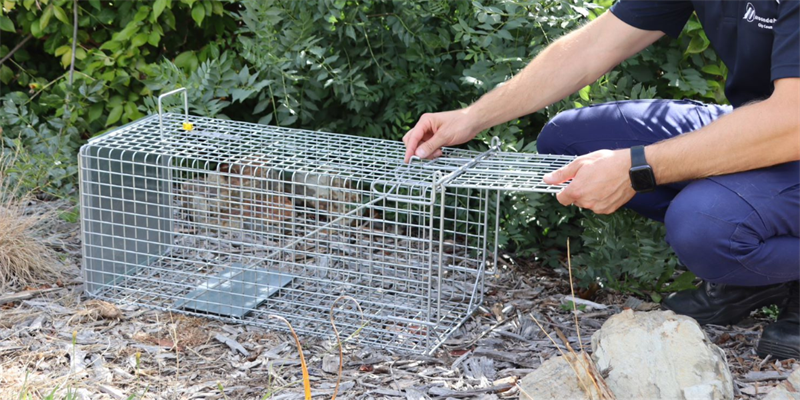Cats are highly valued pets in many Australian households and are an excellent companions when properly cared for.
However, uncared for cats can become a nuisance in the neighbourhood and can represent a health risk to flora and fauna.
Whether cats are owned, semi-owned, stray or feral, they can cause problems by roaming onto neighbours’ properties, attacking other cats, harming wildlife, yowling loudly, defecating in gardens and children’s sand pits or spraying to mark their territory.
Wandering and trespassing cats can:
- cause damage to garden beds by defecating and digging
- create health concerns in children's sandpits
- cause undue noise and injuries
- call and cry when seeking a mate
- spray offensively on front doors, mats and other areas
- attack and kill wildlife.
Cats are not permitted on private property without permission or to cause a nuisance.
As part of Council's Order and subject to Pursuant to section 26 (2) of the Domestic Animals Act 1994, cats must be confined to owner’s property (either inside building or in a properly constructed enclosure) from sunset to sunrise each day.
View the Council Order for further information:
Order Pursuant to Section 26 (2) of the Domestic Animals Act 1994
Order Pursuant to Section 26 (2) of the Domestic Animals Act 1994
What happens if Council receives a complaint about a straying or nuisance cat?
Council receives complaints from residents who are experiencing issues with nuisance cats.
If a cat is found wandering on a property and is not identified it can be seized and impounded. The owner will be required to pay a release fee when reclaiming the cat from the pound.
If a cat is trapped and taken to the Council pound, the owner will be contacted using information from the cat's registration tag and/or microchip. The cat can be collected after a release fee is paid.
If the cat is not micro-chipped the cat will be left for the pound to attempt to re-home.
What to do about nuisance cats
Contact the owner (if known)
Residents who have concerns about a cat’s nuisance behaviour should first try approaching the cat’s owner if known in an amicable manner.
The owner may not be aware of the cat’s behaviour/straying and will then be in a position to address concerns and look at containing their cat to reduce risks of nuisance behaviour.
Request a cat cage

Further information
For further information on stray or nuisance cats, contact Council on 1300 88 22 33.